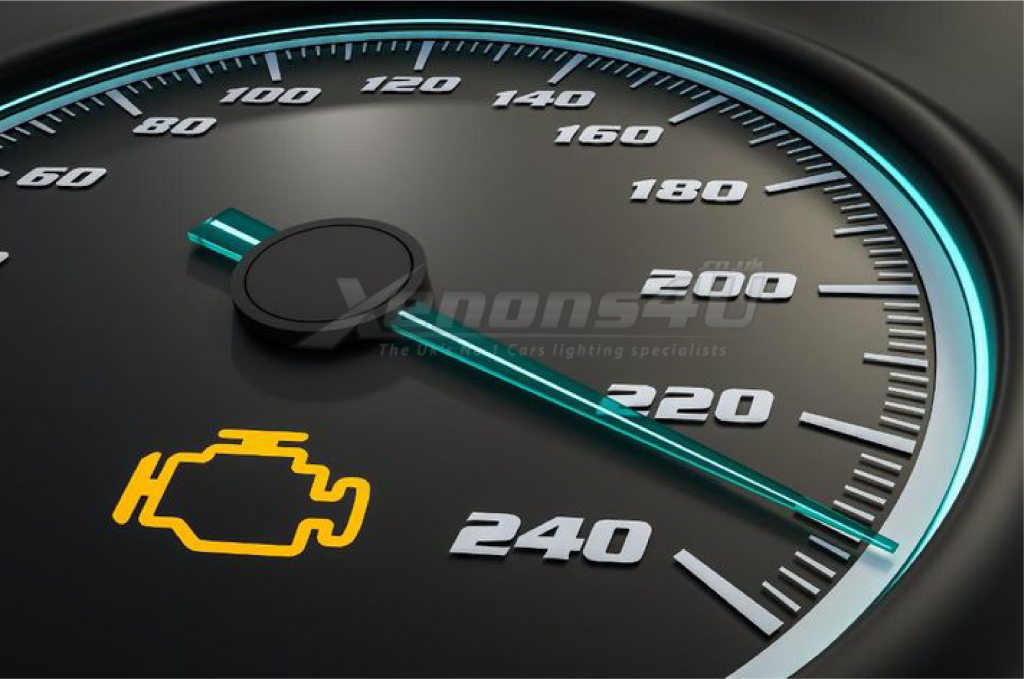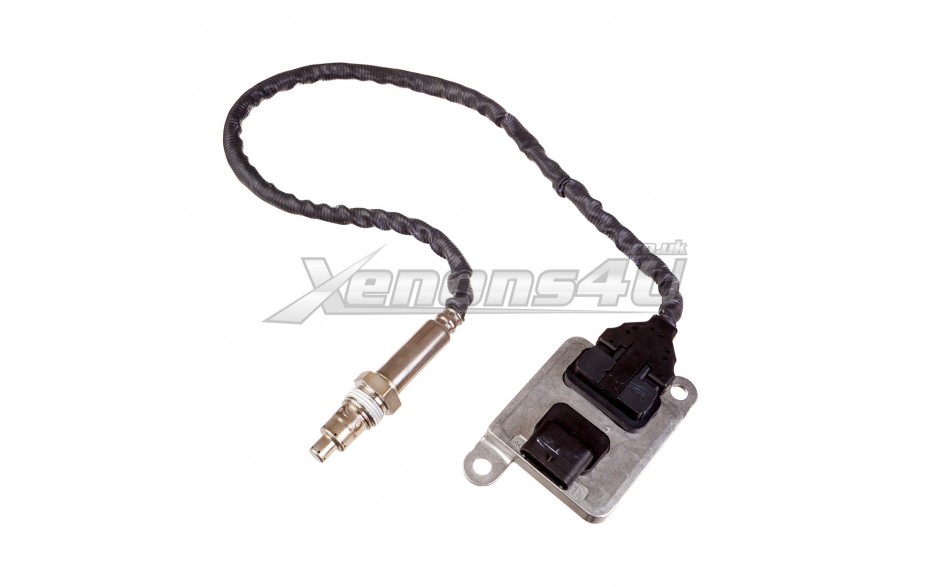
Accurate NOx measurement is in high demand to comply with increasingly strict NOx emissions regulations therefore all the EURO 4, EURO 5, EURO 6 standard cars, buses, trucks, vans, tractors, heavy duty equipment or any other 12V or 24V motor vehicle with petrol or diesel combustion engine are fitted with Nitrogen Oxide sensors and so are the Citroen and Peugeot cars.
If you are an owner of Peugeot Citroen owner, you might come across of the fault codes showing error related to NOx sensors such as:
- P220A2 Nox sensor electrical supply. Voltage of component too low
- P2200 NOx Sensor Circuit Bank 1
- U029D00 - Communication with nox sensor has a malfunction
- U029D - Fault in Communication with the DeNOX system
But, before moving further to discuss the solution for these fault codes, it’s better to have a understanding of what are NOx sensors, Why they are used, why do they fail and where can we find it to locate and resolve the related issues.
What is a NOx sensor?

A NOx sensor is a car component or device installed in the engine which is used to measure the levels of nitrogen a car emits. The sensor is just one component comprising the whole reduction after-treatment system.
Why NOx sensors are used?
Since the last decade, diesel engines have gain preference over gasoline engines giving rise to the environmental issues due to notorious emissions of Nitrogen Oxide chemical from diesel exhaust engines. To reduce this impact on environment, vehicles manufacturers were required to install Selective Catalyst Reduction (SCR) system during the manufacturing of engines. As a result, all new vehicles including Citroen and Peugeot install this SCR system in their engines which effectively uses NOx sensors to measure and control exhaust NOx levels.
Where NOx sensors are located?
An effective SCR system uses upstream and downstream NOx sensors located at two crucial places around the SCR catalyst. The sensor located upstream of the SCR catalyst directly measures the engine-out NOx gas concentration, which helps determine the optimum amount of urea injection while the NOx sensor downstream of the SCR catalyst is used to monitor the performance of the catalyst itself.
These NOx sensors are used by all car manufacturer such as Audi, VW Caddy Golf Passat Touran Sharan, Skoda, Seat Alhambra MPV, BMW, Ford, Land Rover, GMC, Volvo, Opel, Renault, Citroen, Peugeot 3008, Alfa-Romeo, Mercedes-Benz, GM, Chrysler, Chevrolet, Opel Vauxhall Insignia Astra MK6 J MK7 K Zafira C MK3, Mini, Dodge Ram truck, Cummins, Duramax, Mazda, Nissan, Lexus, Toyota, Fiat, Isuzu and many other.
Why do NOX sensors fail?
A NOx sensor won’t give you a notice before it decides to fail and it may fail for a very common reason of completing its lifetime during the course of normal usage. The NOx sensor doesn’t have a lifetime warranty as it’s a consumable, just like the engine oil or the oil filters. The majority of modern cars come with a NOx sensor, so chances are you’re going to have to change or replace one sooner or later.
Symptoms of failure
You may experience different warnings relating to Nox sensors failure, the most obvious of which is the engine warning lights. However, it’s not the best way to finding out whether you’re dealing with a faulty NOx sensor but a clear sign to the next logical step of scanning for error codes after a check engine light. You can refer to the user’s manual and use OBD-II scanner to check for the error codes or ask your local mechanic to do this for you.
Explanation of Citroen Peugeot Nox sensor fault codes
P220A2 - Nox sensor electrical supply. Voltage of component too low
P2200- NOx Sensor Circuit Bank 1
U029D00 - Communication with NOx sensor has a malfunction
U029D - Fault in Communication with the DeNOX system
How to fix these fault codes?
You may experience a combination of two or more fault codes. Usually in Citroen and Peugeot cars, if two codes are shown and one of them says the lost communication with the NOx sensor, then unfortunately, there is no cheap fixed solution or a repair kit. The only way is to buy and replace whole new NOx sensor. In such a case, replacing a probe only will also not do any good as the probe and the sensor both are completely damaged or failed and a complete new NOx sensor with probe is required to ensure the safety of your car.
Cars using Nitrogen Oxide sensors
- Citroen C4 Picasso
- Citroen C4 Grand Picasso
- Citroen C4 Cactus 1.6 HDI Flair
- Citroen C3 Picasso
- Citroen C3
- Citroen Berlingo
- Citroen DS3 DS4
- Peugeot Partner MK3 III
- Peugeot Partner Tepee
- Peugeot 208
- Peugeot 2008 SUV 1.6 BlueHDI 2014 2015 2016 2017 2018 2019
- Peugeot 308
- Peugeot 308 SW
- Peugeot 3008
- Peugeot 5008
- Peugeot 508 2015 1.6 HDi EURO6
- Engine types: 1.6 2.0 BlueHDI HDI 1.6HDI 2.0HDI
- Toyota Proace Verso BJ2017
- Renault Trafic MK3 III X82 1.6 2.3 CDTi DCI 2014 2015 2016 2017 2018
- Opel Vauxhall Vivaro B Van 1.6 2.3 CDTI BiTurbo
- 2015 2016 2017 2018 2019 2020
- Opel Vauxhall Vivaro B Combi X82 1.6 CDTI 2014-
- Opel Vauxhall Vivaro Sport CDTi Van Bus
- Opel Vauxhall Movano Van B
- Renault Master MK3
- Nissan NV300 NV400
- Nissan Navara NP300
- Fiat Talento MK2
NOx sensors we have in stock for Citroen and Peugeot cars
- 9678570780 5WK96746A 5WK96746
- SNS146A SNS146
- A2C96290900-01 A2C96290900 A2C9629090001
- 9821121180 SNS0735 A2C12511100-01
- 9675358480 5WK9 6745A 5WK96745A A2C96290800-01
- 9821120980 SNS0736 A2C12511200-01
- 9817308880 SNS0733A A3C04023400-01
Where and how to get new NOx sensor?
You must know that NOX sensors aren’t a universal fitment, you will find thousands of different NOx sensors in the market with different lengths of probe, hardware and software differences for each brand. So, the key is to find out the one that fits perfect to your Citroen and Peugeot models.
To cheaply find out the correct part number and sensor, either go under the car or lift it up to reach the fault sensor at bank 1 or bank 2 and take a note of label or any writings thereon. Or alternatively, you could go for an expensive option that is to take your car to the manufacturer and check it up with the dealer software for the correct part number.
Once you get the information, you can look for the component at local store, dealer, or online store as well as through email to xenons4u to check for the availability of the required part.
All you need to do is just send a picture or a part number and we will locate it for you as a new, refurbished, or aftermarket component depending on availability and budget. Here’s a list of available sensors at our shop:


